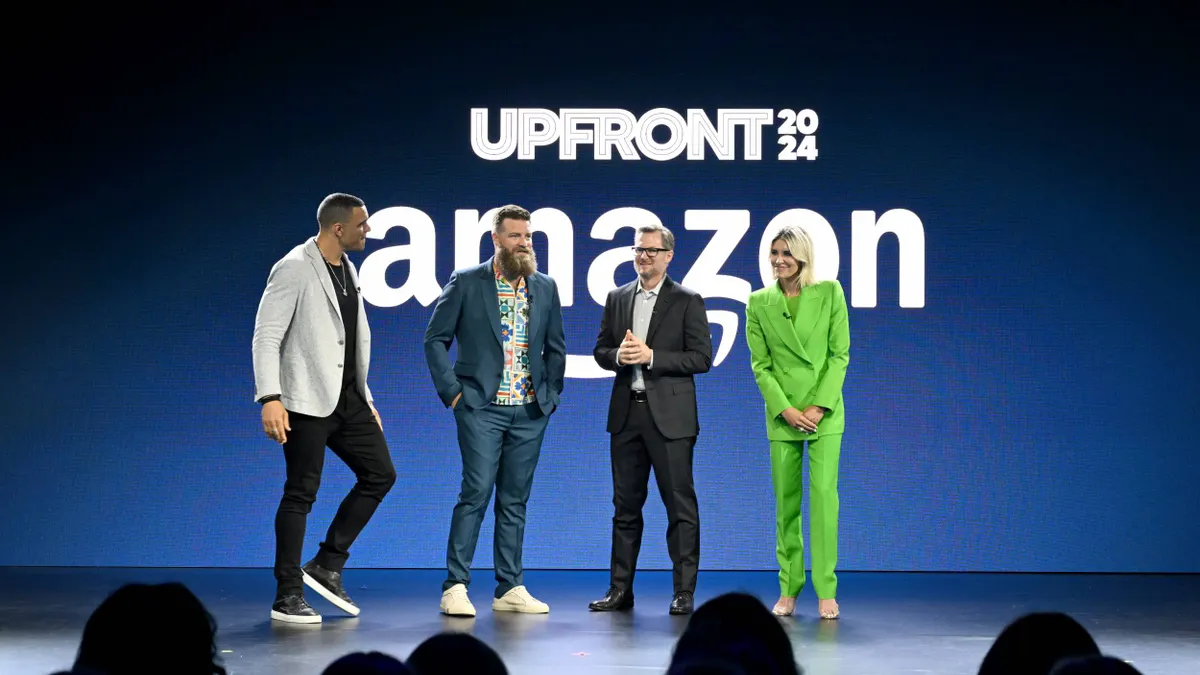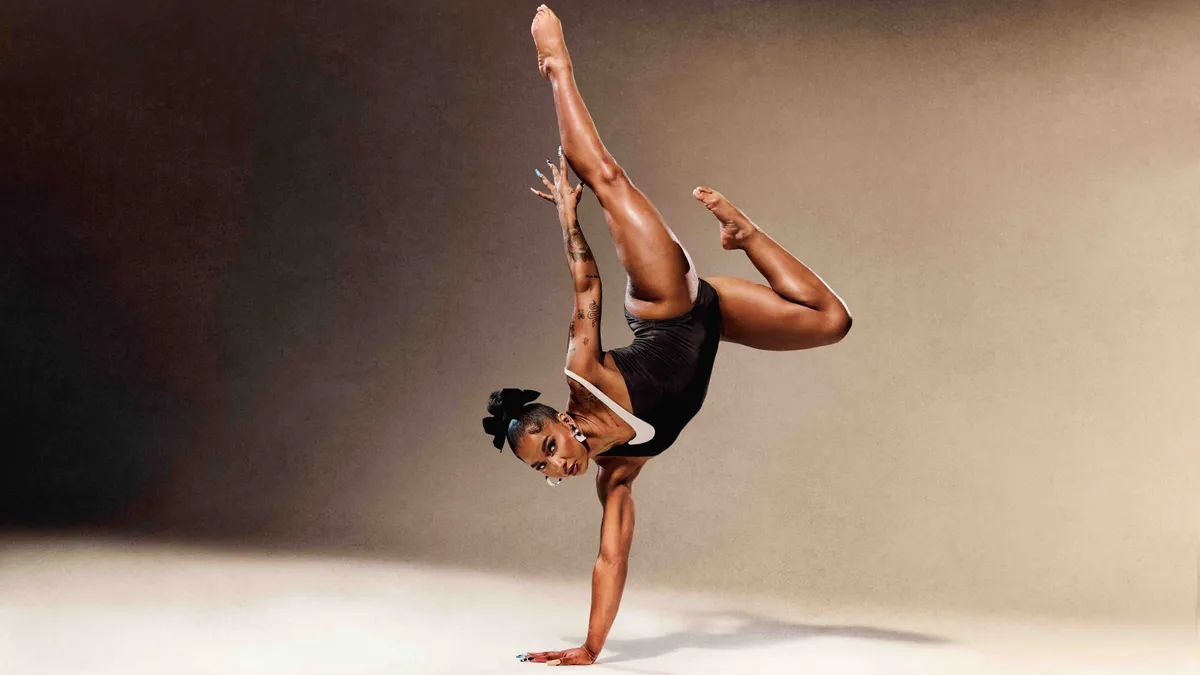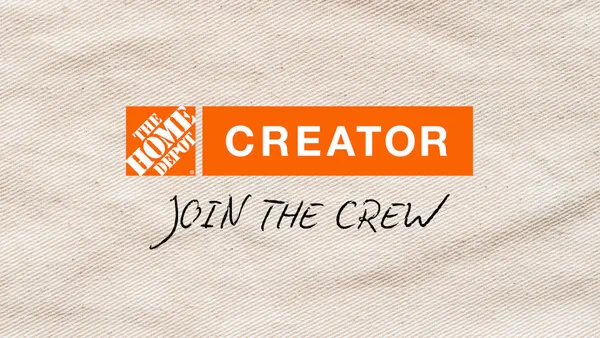Dive Brief:
- Pinterest, the online photo-sharing service with 140 million mobile users, now displays autoplay promoted video ads throughout all of its pages, such as in a user’s home feed and search results, according to a blog post by the company. The company started selling targeted video ads in August 2016 and began testing autoplay the following November, according to Recode.
- Adidas, JCPenney, L'Oréal Paris, Pillsbury, Procter & Gamble, Toyota, Tesco, Universal Pictures and Visa are among the major brands that have tested the videos, Pinterest’s Jenny Chiu said in the post.
- Pinterest will also roll out new features to its Ads Manager dashboard this summer in order to better measure brands' promoted video content.
Dive Insight:
Pinterest is getting ramping up its push into video ads, an area that other social media apps like Facebook, Twitter and Snapchat have already embraced as a way to bolster revenue and lure more brand advertisers. Pinterest looks to increase sales to $500 million this year as the company prepares for the possibility of an initial public offering, according to Recode.
The decision to embrace autoplay video ads doesn't come without potential issues, however. Users are looking for less intrusive experiences and may find videos that automatically turn on to be annoying. This is what Snapchat discovered with autoplay Stories, a feature that was turned off last fall following user complaints. The conundrum for platforms is that autoplay drives engagement for brands. Pinterest hopes it can offer the right balance between user experience and monetization because the nature of the platform is that users are searching for inspiring content.
Despite adopting promoted videos rather late compared to other social media platforms, this could serve as a major growth opportunity for Pinterest. Social video ad spending is expected to double in 2017 to more than $4 billion dollars, according to Interpublic Group's Magna via Mediapost. New video ad formats that include inserts into live video and the emergence of social video content on connected TVs will likely accelerate brand growth, the firm said.
Pinterest also is trying to earn the trust of advertisers, especially in the wake of Facebook’s repeated revelations of overcounting, undercounting and misattributing responses from its audience. The company is using Oracle’s Moat tracking technology to tell advertisers how long viewers saw a video and how much of it was on the screen. Nielsen Digital Ad Ratings provides data on mobile campaigns and their reach, Pinterest said in its blog post. That kind of data may help advertisers reach their targets among Pinterest’s generally young, female and aspirational audience.











